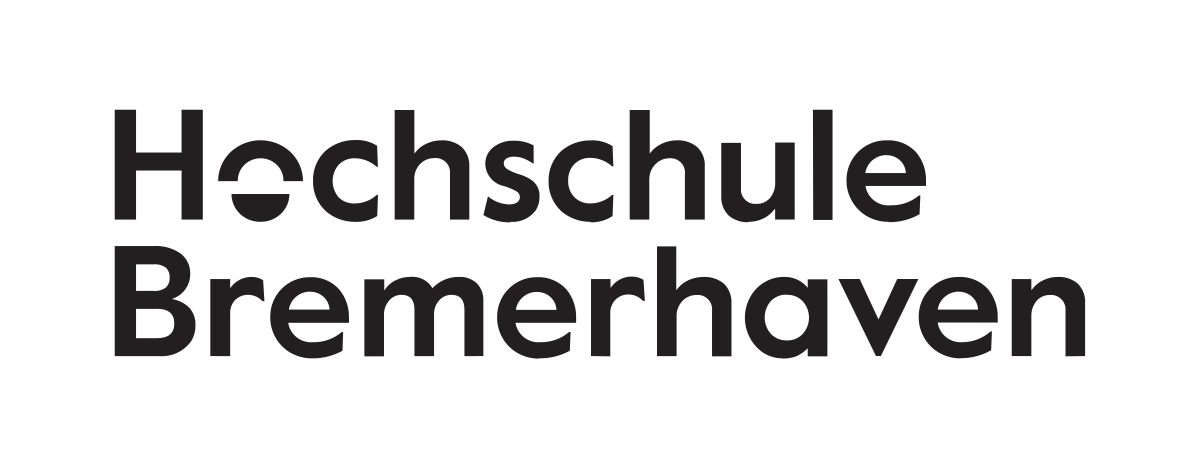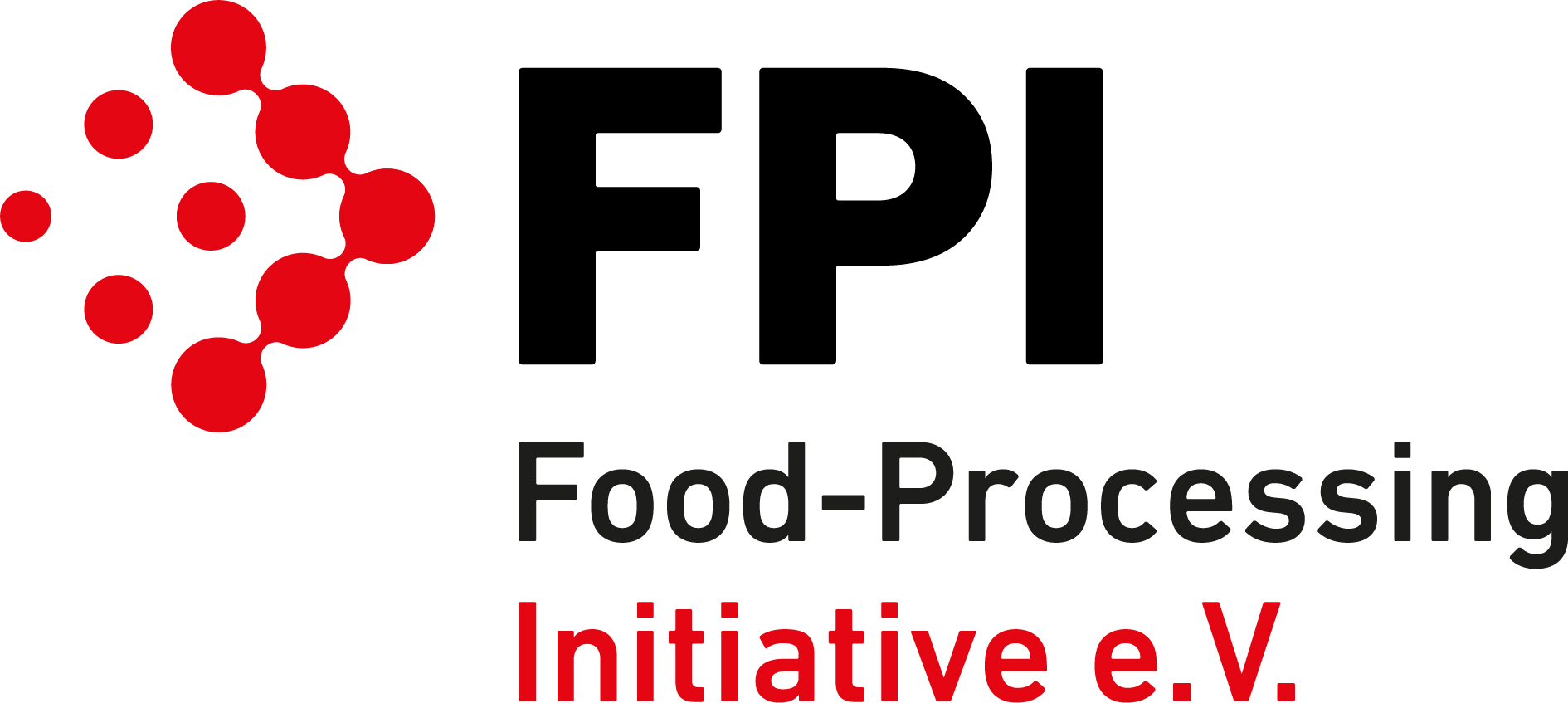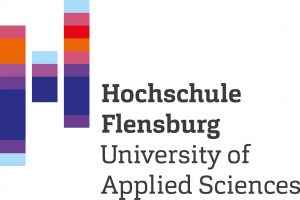Practice Abstracts
In this section you will find the Practice Abstracts prepaired by the AQUACOMBINE partners. The Practice Abstracts present policy recommendations and guidelines for rural entrepreneurs.
Incorporation of Salicornia in feeds for European seabass grow‐out
S. ramosissima biomass can be included in diets for juvenile seabass up to 10% of their composition with no detrimental effects on growth performance or survival, while providing some beneficial effects to their antioxidant and innate immune response and promoting DNA integrity.
Halophytes as Feedstock for Biogas Production: Composition Analysis and Biomethane Potential of Salicornia spp. Plant Material from Hydroponic and Seawater Irrigation Systems
The halophyte crop Salicornia can be utilized as a feedstock for biogas production in co digestion with a non saline feedstock with biomethane yields similar to that of conventional non saline grass crops.
Acknowledgement
This project has received funding from the European Union’s Horizon 2020 research and innovation programme under Grant Agreement No 862834. Any results of this project reflects only this consortium’s view and the European Commission is not responsible for any use that may be made of the information it contains.


















